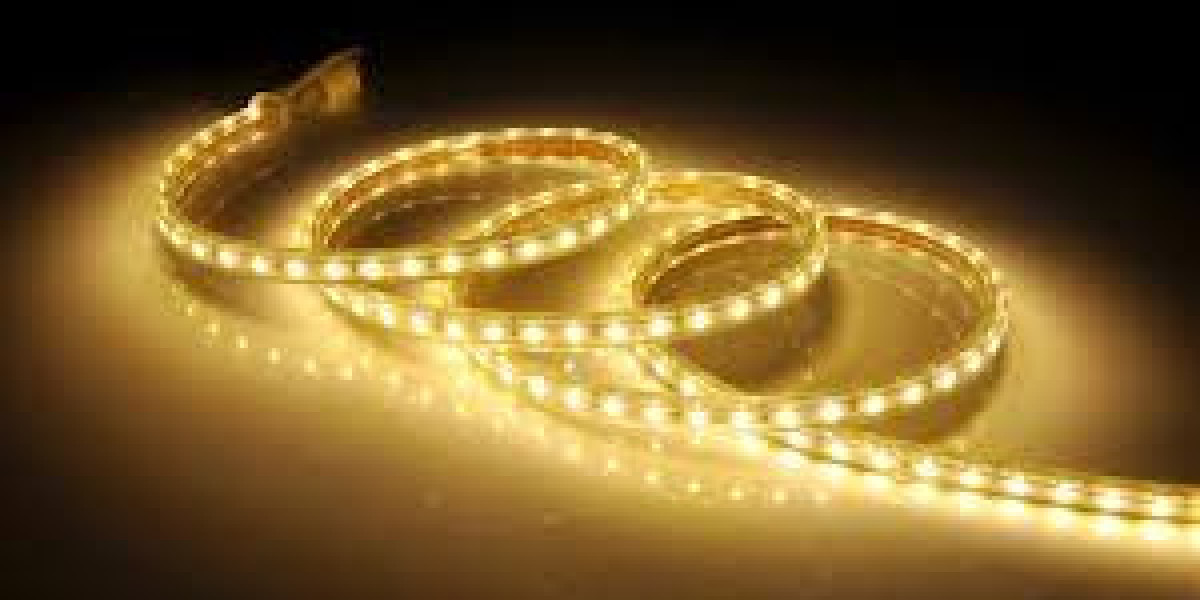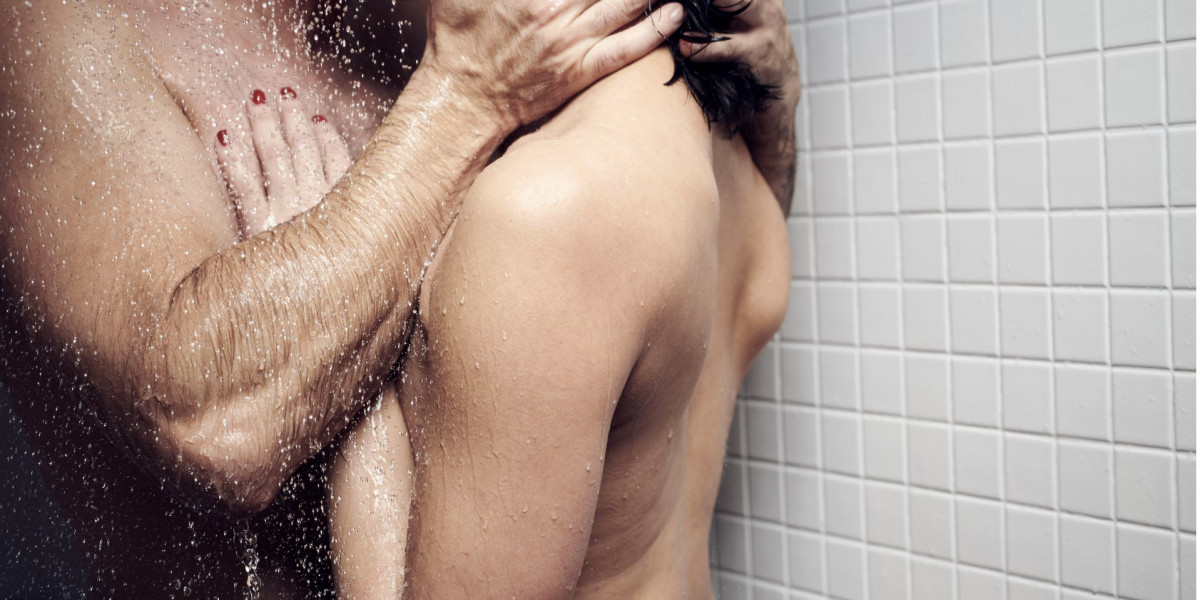>>>> see more: https://blls-lighting.com/blog/
How To Join LED Strip Lights Without Soldering
Below are the quick steps on how to join LED strip lights without soldering.
Measure and cut strips to size
The first step is to prepare the LED strip lights ready to installation. Measure the space with a tape measure where you plan to install them. Read about some of the best places to install LED strip lights here. For example, if you are placing the lights around the mirror, measure the length and width of it e.g the width is 40 cm and the length is 100 cm.
Work out the perimeter of the space you will be installing the lights. If you are working with a shape that has four sides, then is worked out by adding all of the sides together. For example, with the previously mentioned mirror, the sum would be 100 cm + 100 cm + 40 cm + 40 cm = 280 cm. You can use this perimeter calculator to help you out.
Once you have the perimeter of your shape, ensure that the LED strip lights you have are long enough. We recommend purchasing strip lights with a few centimetres of extra length than you require, just in case a mistake is made.
Now you can lay your LED strip lights down and measure out the lengths of strips that you need, mark the place where you need to cut them for guidance.
On strip lights, there are dots where you can cut them, this is to show you where the copper sections are. Cut to the nearest dot when you are cutting down the lights to size. You can simply use DIY scissors to cut the lights.

RBG Standard Non IP Colour Changing LED Tape Price from £17.28
Decide what connector you need
Now you need to decide which type of connector you need for your lights. There are two main types, which are gapless pin connectors and jumper cord connectors. Gapless connectors create a clean run of LED lights without gaps. Whereas jumper cord connectors have a small gap between the wires, which helps to put lights on angles e.g. around kitchen surfaces.
You also need to decide if you need a 90-degree connector or a straight connector, this depends on where you will be placing the lights.
Get your connector ready
Get the connector you will be using ready. Usually, these connectors use self-adhesive tape, so peel that off when the time is right.
Put each end of the strip on the connector, and ensure that it is the correct way around. LED lights use typical polarities. Immediately use the clamps attached to the strip to put the strip light pieces into place.
Plug in LED strip lights
Now for the final step - plug in the LED strip lights. Check that the strip lights are lighting up as expected. If they do not light up, check you have the polarities the correct way. Now you are ready to enjoy your strip lights!
>>>> see more: 10 Tips to the Perfect Bar/Bat Mitzvah Candle Lighting Ceremony
Buy top-quality LED lights from Light Supplier today!
Fully Bendable FLEXile IP68 LED Strip Lighting Price from £12
How to connect led lights together without a connector
If you do not want to use a connector, you can solder the LED strips together. Learn how to do this below.
Find a safe, clean area to solder
The first step is to find a safe, clean area to solder the metal. The area should be near a window, to ensure a flow of air in and out of the room or use a room fan to improve the ventilation.
Now, you should lay out all of your tools and put on the correct PPE (clean gloves and eye protection). Also, if you have long hair, you should tie it up as an extra safety precaution.
A typical soldering iron takes between 30 to 40 seconds to heat up.
Pre-solder wires
For the preparation stage, you should solder the end of each wire. This should be barely noticeable, but it will make the soldering itself significantly easier.
Solder
Now it is time for the main task - soldering. Add solder to each of the dots along the wire, which resemble the copper sections. Do not add too much to each point.
The wires and dots are now ready. So, place each wire to the correct dot and attach them by soldering them together. Wait until the solder solidifies, and move on to the next wire and dot. Repeat until the job is complete!
If you want to find out more about installing LED strip lights, check out our blog post ‘How To Install LED Strip Lights - The Definitive Guide’ for more information.
>>>> see more: Edgar M Downs









